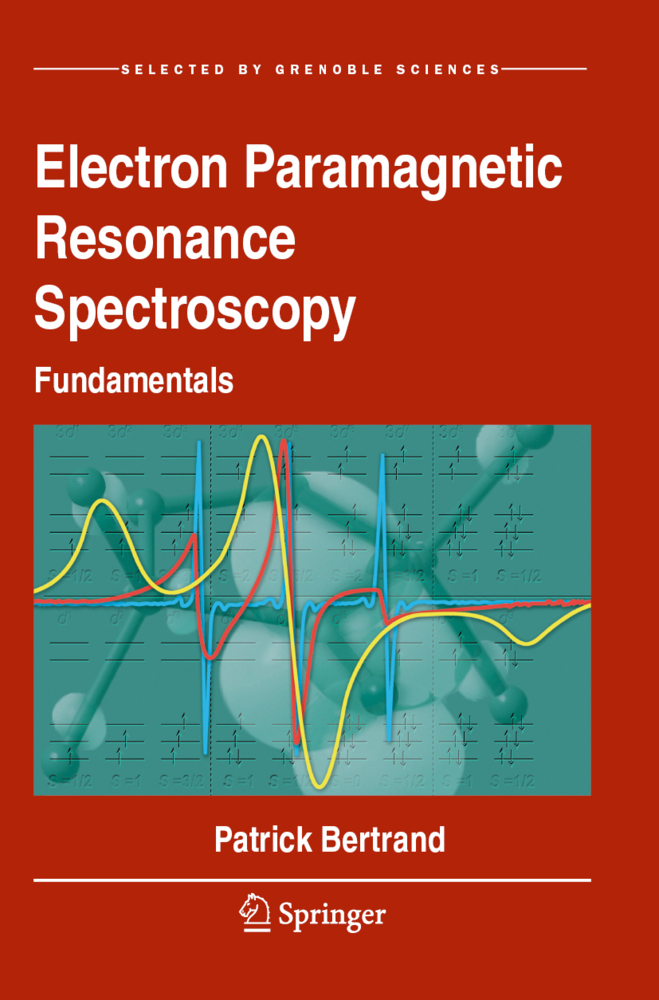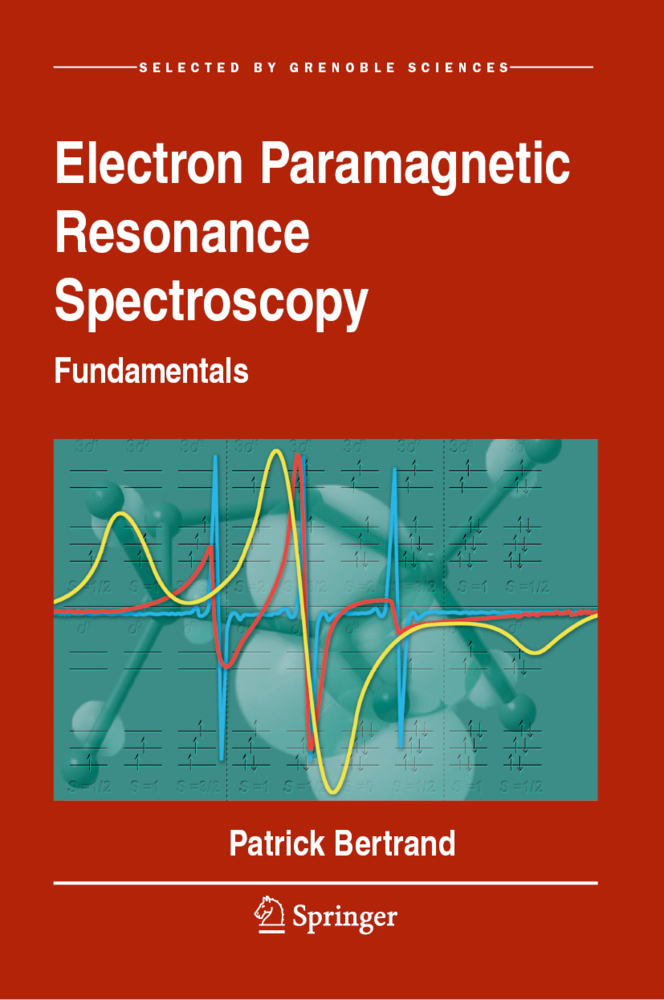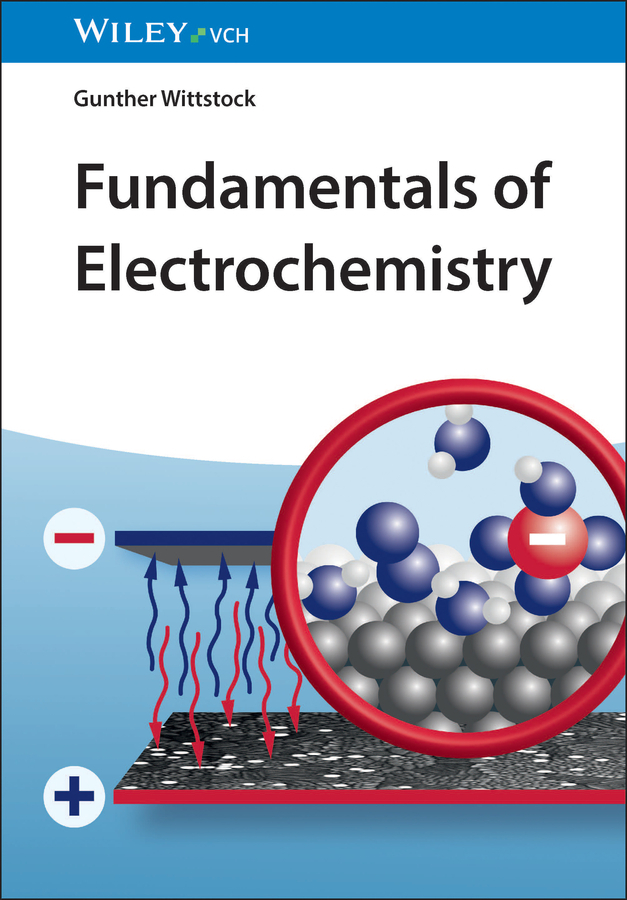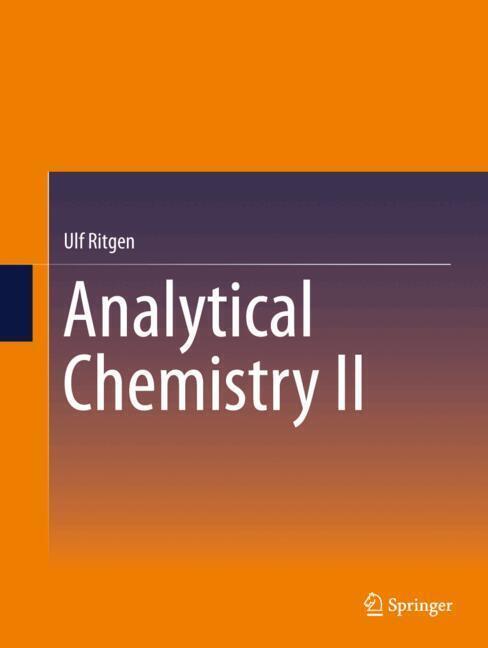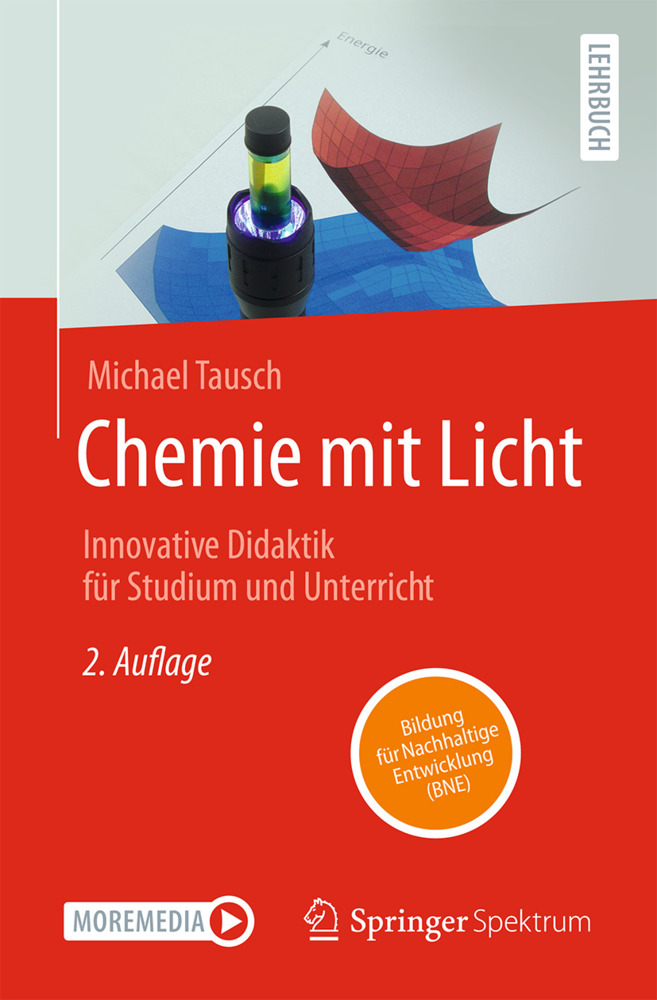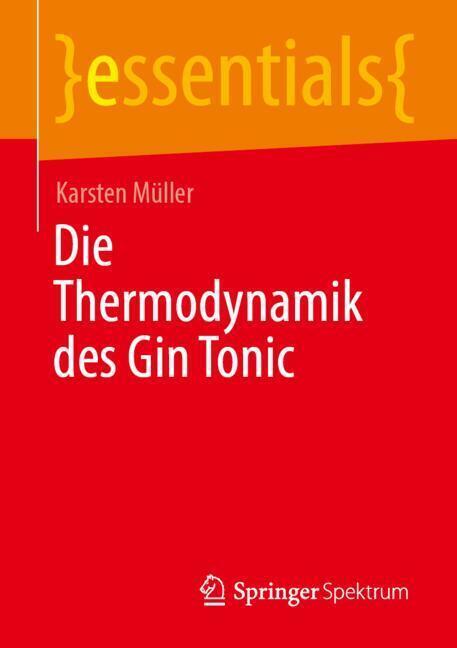Electron Paramagnetic Resonance Spectroscopy
Electron Paramagnetic Resonance Spectroscopy
Preface
Fundamental constants - Units conversion
The electron paramagnetic resonance phenomenon
Hyperfine structure of the spectrum in the isotropic regime
Introduction to the spin states space formalism
Consequences of the anisotropy of G and A matrices on the shape of spectra given by radicals and transition ions complexes
Intensity of the spectrum, saturation, spin-lattice relaxation
Zero field splitting. EPR spectra given by paramagnetic centers with spin greater than ½
Effect of dipolar and exchange interactions on the EPR spectrum - Biradicals and polynuclear complexes
EPR spectra given by rare earth and actinide complexes
Effect of instrumental parameters on the shape and intensity of the spectrum - Introduction to numerical simulation techniques.
Bertrand, Patrick
| ISBN | 978-3-030-39665-7 |
|---|---|
| Article number | 9783030396657 |
| Media type | Book |
| Copyright year | 2021 |
| Publisher | Springer, Berlin |
| Length | XXIV, 420 pages |
| Illustrations | XXIV, 420 p. 2 illus., 1 illus. in color. |
| Language | English |

